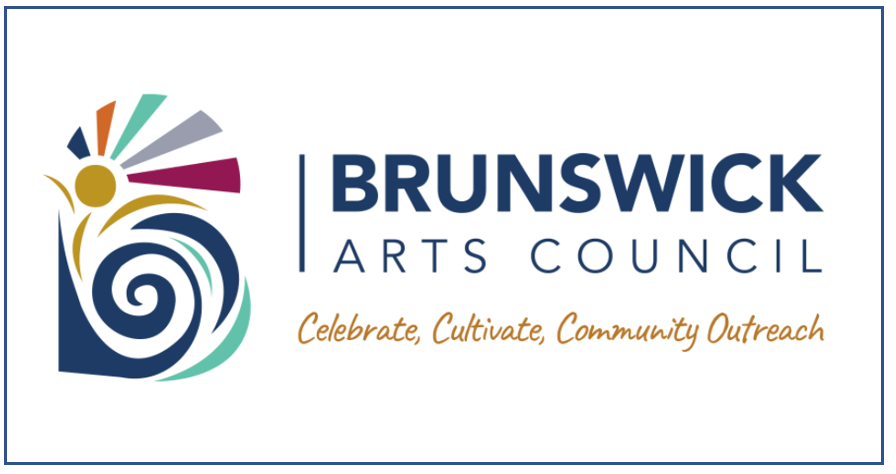Carolina Gold

Contributed by the NC Rice Festival
The North Carolina Rice Festival
September 30, 2022

Carolina Gold
By: TeCora Galloway
North Carolina during slavery was prided for its production of rice. Carolina Gold was the name given to our rice, and plantations were especially common in the southeast, where there was access to the Cape Fear River. Rice requires marshland to grow, and Brunswick County fit this requirement. There were several key rice plantations in Brunswick county, and they are all regarded as historic sites today.
The Orton Plantation was owned by Roger Moore, and was regarded as the biggest plantation in the area. It is located between Wilmington and Southport. The plantation used 160 slaves, which was a lot for the area, and relied on fresh water ponds for flooding the crops. The plantation had less of an advantage against other plantations since being so close to the cape fear river meant they could not use the brackish water directly from the river because the salt would kill the plants. This labor-intensive process was improved upon in 1860, when rice mills became more popular.
Another plantation was the Belvedere Plantation, which was home to the governors Daniel Russel, and Benjamin Smith. It is located opposite of Wilmington along the Brunswick River. The plantation was over 200 acres of rice fields. The plantation also produced tar and pitch.
Old Town Plantation was supposedly 9000 acres of land, intended for transportation of naval supplies. Located north of Town Creek, this plantation also grew rice, and did relatively well since the land drained well.

Most of these sites are currently closed to the public, but they are still recognized by Brunswick County as historic sites, and have plaques near them telling the history of the estates. With the reliance our local economy had on rice, it is no surprise that it would be a huge part of our culture, especially that of the slaves that had to harvest the rice. Gullah Geechee culture has a great appreciation for rice today, and the answers to why we rely on it so much are right under our noses.









